You will find that a lot of guides to writing a marketing plan are heavily laden with marketing jargon; buzzwords that may sound impressive, but upon closer inspection mean very little. This guide offers practical advice on how to write a marketing plan using plain English.
Why write a marketing plan?
Put simply, the aim of developing a marketing plan is to map out how you can gain more customers for your business, which strategies or tactics are right for your business, and how and when you are going to use them.
It should detail who you intend to sell to, how you will sell to them and how you will let them know about your business.
The marketing plan may form part of your overall business plan as a complement to investor presentations, or you may want to write a marketing plan as a separate document.
The focus should be on gaining new customers, persuading current customers to buy more often and getting inactive customers to return. They’re also useful for establishing what your strengths and weaknesses are as a business, who your key competitors are and what campaigns they’re running.
We’ll be looking at what you should be doing before you write up your marketing plan, how to write one, and examples of common elements you’ll find in a marketing plan.
Before you write a marketing plan
You need to identify the target audience you are aiming your product or service at, or indeed clarify whether there even is one.
Too many small businesses fail because they haven’t done enough market research. Don’t just rely on what your friends and family say, as they may not be the most objective observers.
>See also: Guidelines for conducting market research for small businesses
A market from which you can profit will be made up of people who need your product, or at least have a perceived need, and who will be willing to pay for it. Understanding your customers will allow you to identify the best way to sell to them.
Think about your product or service and who is likely to spend money on it. Remember, if you aim to sell to absolutely everyone, you will be less successful than if you can narrow down your market focus. A product or service aimed at everybody is one aimed at nobody.
Conduct face-to-face interviews
If appropriate, get out there and conduct some market research face-to-face. Ask people in the street if they can see the need for your type of business in the area and how much they would be willing to pay.
Survey the market
Identify who your competitors are and try to spot any weaknesses in their strategy. Can you capitalise on this? Is there a lot of competition in that area or will you be filling a gap? If not, could you find somewhere else more suitable?
How to write a marketing plan
Your marketing plan should consist of two halves: the brand proposition and the communication plan. The brand proposition defines your reason for being and why you answer a need, while the communication plan explains how you’re going to get the message out there.
Know your brand proposition
You need to spell out the thinking behind the brand you want to establish. Why should people care? A clear brand proposition will contain some form of:
Purpose of the brand: the purpose should define what you do – we exist to….? If you find that difficult, try defining what you don’t do – sometimes that marks businesses out from the competition. For example, “We are a locally produced soap product that only uses vegan ingredients not tested on animals.”
A purpose doesn’t need to be a perfectly crafted strapline, nor it is it likely to be seen by the public, but it should reflect what your business stands for.
Who your target customer is: who you think should notice and care about what you are offering – and why. The more focused this is, the better. If you have several focused customer groups then there should be a sense of priorities, possibly distinguishing between their value and the order in which you’ll go after them – these are not always the same.
When thinking about your target customer, try not to think in terms of demographics, such as “Young mums aged between 25 to 34” and more in terms of values, such as, “Environmentally aware women supportive of local independent businesses”.
Pro tip: Visualise your perfect customer and sketch out how they spend their day to tap into their mindset, attitudes and behaviours. Are they cost conscious? Then explain how a bar of more expensive vegan soap is better value than cheap shower gel. Creating this pen portrait may also help you figure out the best time of day to communicate with them.
What is unique about you? What makes your business better than the competition; some use the term unique selling point (USP) but really, it’s what makes you stand out from the crowd. You need to demonstrate what it is about your product, service or business model that will give consumers the reason to believe you.
What is behind the name: If this is not perfectly obvious (usually a good place to be with a name) then what is the story behind your company name? Is there an anecdote you can use in marketing or a press release?
>See also: Britain’s funniest business names
Tone of voice: This is important. The way you want to show up in front of your potential customers, the kind of language you would use, your house style, must be consistent. If you are setting yourself up as a financial adviser, for example, you would want to reassure and be patrician. A novelty kid’s product might be zany. Ben & Jerry’s ice cream still has a Sixties counterculture vibe, even though it’s owned by Unilever.
Pro tip: Create a mood board to illustrate the tone of voice, other brands or services which have the same kind of ethos to yours.
Communication plan
If the brand proposition is to get everybody excited, the communication plan is how you get the message across. Again, this will be defined by your target audience. Marketing channels to consider include:
- Direct marketing – either through mail or hand-delivered flyers
- Social media – where does you target audience like to go? Instagram, TikTok or if it’s an older demographic, Facebook
- Out of home advertising – the cost of renting space on a digital billboard can be less than you think. Digital screens typically cost £1,000 a week, according to 75Media.
- Events and trade shows – best for B2B businesses where you can meet potential customers
Make it short, concise and easy for the rest of your team to understand
Indeed, you may have to pass this on to other members of your team – or other parts of the business altogether – so keep it clear and accessible.
“I think that a marketing-centric business needs to have something that someone who isn’t marketing trained can read through and be like, ‘Yeah, okay, I get that. I know where we’re headed,’” said Rachael Dines, founder of Shake it Up Creative, a marketing firm that helps small businesses write their marketing plans.
Dines has developed her own template, ensuring that it’s very bright and that it’s got clear sections for each of the different areas discussed with her clients. “People could update either one or more sections or the whole thing if they need to over time,” she told Small Business.
Setting a budget
You also need to think about cost. Setting a budget is important and will help keep your advertising spend in check. Consider which of these marketing strategies will give the best return on investment.
“The question I always get asked is, ‘Well, how much budget should I have?’ And that’s not always a set percentage,” said Dines. “But I think you have to look at spending it very wisely. Of course, we know that marketing is a bit experimental. But reviewing it regularly is very important.”
To measure your return on investment (ROI), look at anything that you can track digitally, such as unique tracking codes that can be used, utilising analytics to see where visitors are coming from and whether the specific campaigns that’s utilising all the social media platform insights to get that engagement data, any kind of sales figures that align with marketing activities and marketing, said Dines.
“It can be hard to track because sometimes it takes people a few goes of seeing something before they start to interact with it. It’s never completely accurate, but give yourself a good idea. It’s using a mix of tools, not just relying on one thing.” This could be looking at email open rate, pay per click (PPC), web traffic or video engagement.
You could even ask similar businesses in another area how they go about advertising. You would be surprised how generous people are with their time. Speak to people in a similar situation, but preferably not the businesses against which you will be competing directly.
Get the message across
Having clearly defined goals will allow you to keep an eye on how you are progressing over a set period of time.
Does the message you are putting across need to be short and sharp, or will you customers be willing to spend more time learning about what you have to offer? Either way, there are some key points to consider, which should be included in your marketing material to make it more persuasive:
- Explain the problem facing your customer and identify a need for your product or service
- Emphasise that it is important to solve that problem
- Explain what makes your company different and why it will benefit people to buy through you
- If you have them, give examples of satisfied customers and their comments
- Explain prices and how to pay clearly and concisely
- If you can, give some sort of guarantee as to the quality of your work or product, or offer incentives or discounts for responding within a set time period.
Set targets and review progress
Having clearly defined goals will allow you to keep an eye on how you are progressing over a set period of time. Use SMART targets as a useful way of approaching this area. SMART means that your targets should be:
- Specific
- Measurable
- Achievable
- Realistic
- Time-specific
You could include sales targets and the amount of profit you are looking to achieve, targets for enquiry levels and so on.
Once a month, you should conduct a short review of progress to see how you are getting on and whether these targets need to be adjusted. However, don’t jump to re-adjust targets immediately if you aren’t hitting them. There may be something else in your marketing strategy that could be changed and will allow you to achieve more.
“When I do a plan, I generally go through who the target market is, what the products are, pricing and the process and timings,” said Dines.
Detail is key here. “Normally, it’s that people have things they want to achieve, but they don’t put a time on it. They’re not specific enough. Some of them will just say, ‘Oh, we would like to do X, but there isn’t a time on there.’ There’s no drive or endpoint for them to work to. And they won’t know how long to do their activities for, how much budget would apply to it, etc. That’s the fundamental mistake.”
As mentioned, reviewing the plan can also help you learn from any mistakes and help you adjust. When you write your marketing plan always bear in mind your desired results. The plan is therefore an important tool to help you author your business future.
Examples
Dines says that marketing plans don’t tend to be published and are kept internally. However, you might find examples online from larger companies or templates from marketing businesses.
Most are online or in print, but there are exceptions. Coca-Cola did part of their 2020 marketing plan in the form of a video:
The one thing to remember is that the following examples should be used as guides, so don’t rigidly follow them. Each marketing plan will look slightly different depending on the needs, audience and aesthetic of your business.
Bear in mind that a lot of the examples below are stylised too. You can just create Word docs or Excel spreadsheets if that works for you.
Here are said examples. Your marketing plan could be made up of any or all of these things.
Executive summary
This is a rundown of your business and what it does. It also includes a bit of information on market need, target customer and what’s coming up of the firm.
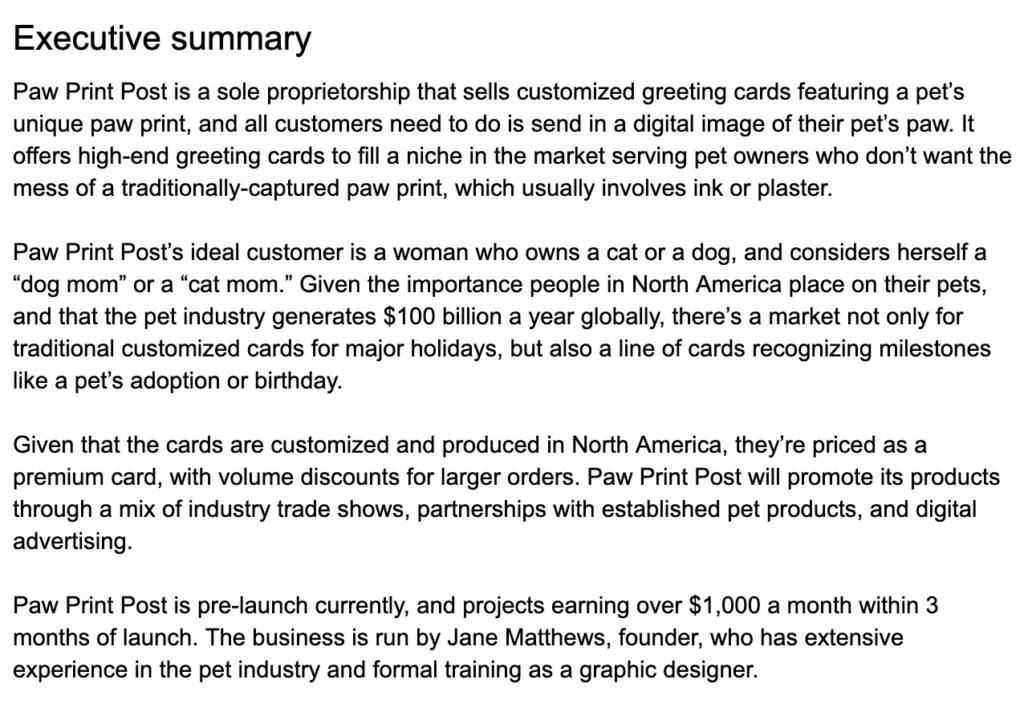
Source: Shopify
Target customers
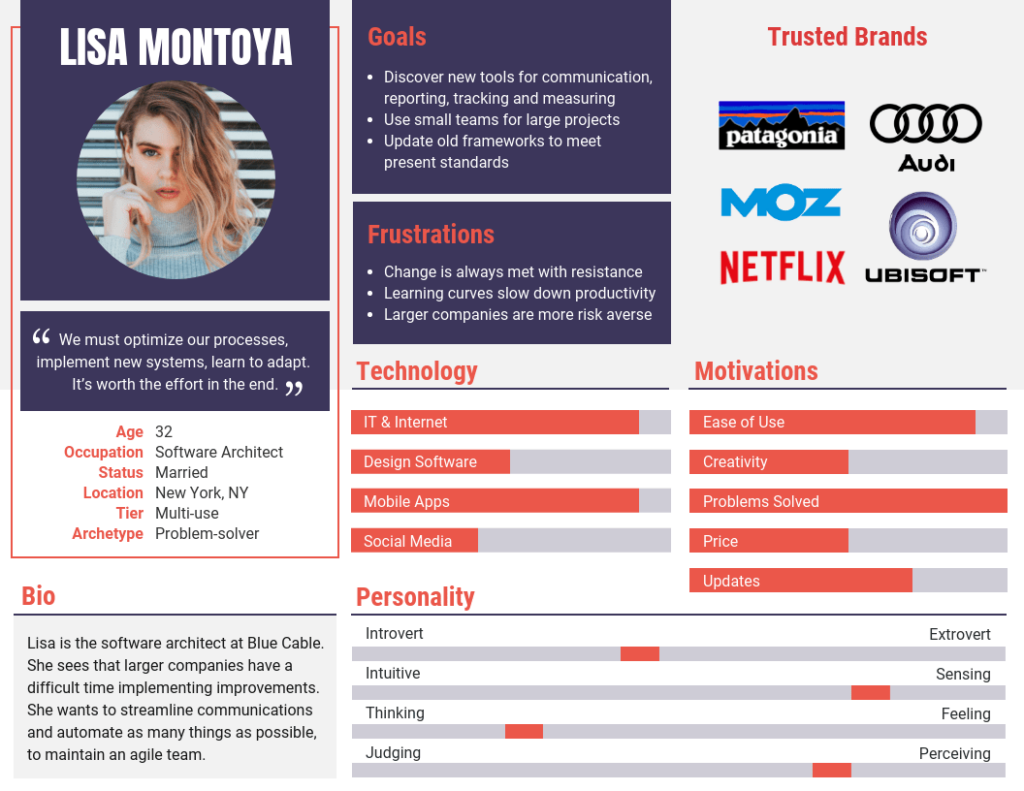
Source: Venngage
USP
Your unique selling point (USP) sets you apart from your competitors and re-establishes market need.
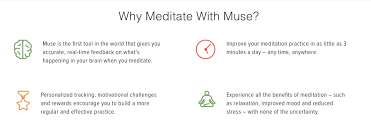
Source: Shopify
SWOT analysis
You may have come across SWOT analyses before. They look at strengths, weaknesses, opportunities and threats for your marketing to help drive your plan forward.
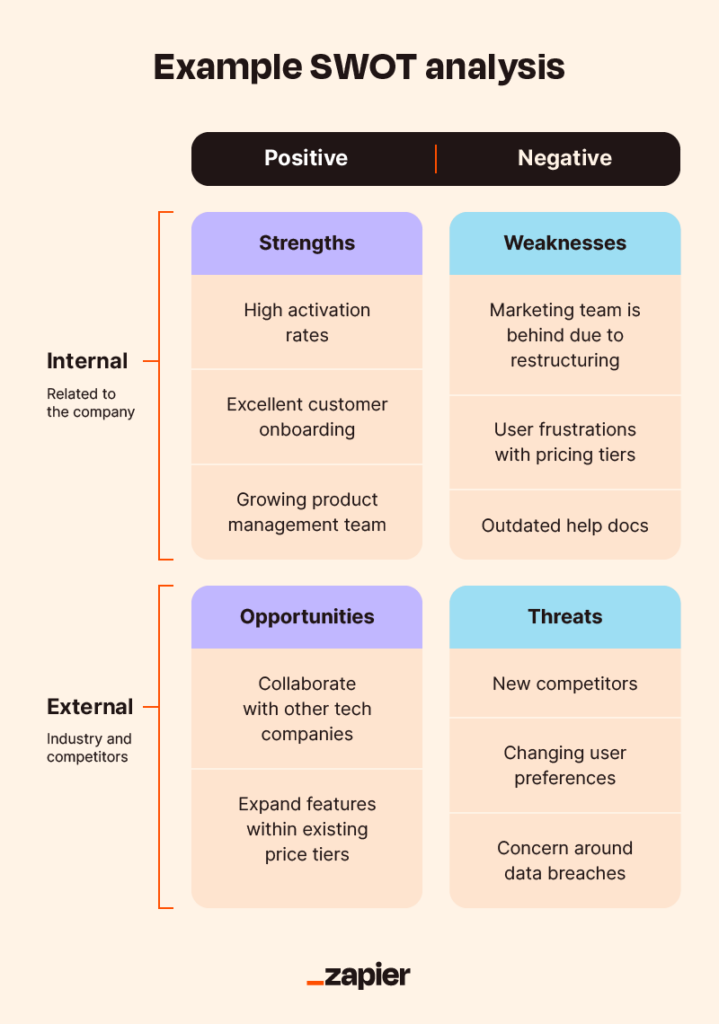
Source: Zapier
Competitor analysis
This can also help to drive your plan based on what your competitors are doing. Either filling in for their shortcomings or taking inspiration from what they do well.
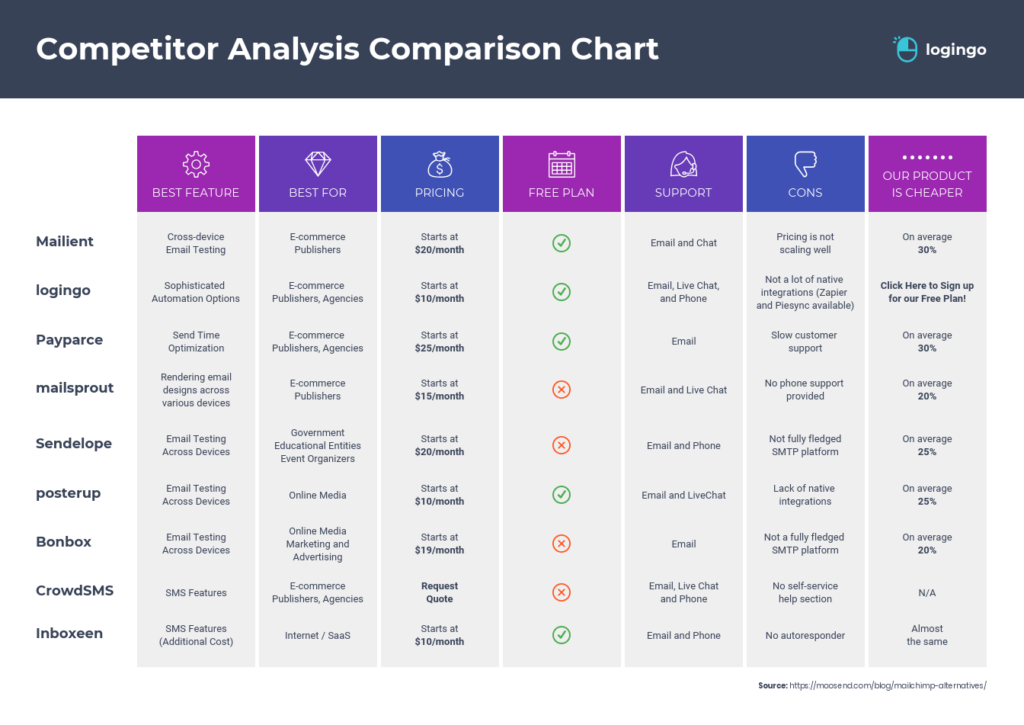
Source: Venngage
Action programmes
This can be seen as an outline for what’s coming up, sometimes driven by your SWOT analysis. It’s generally one year up to five years, though it still needs to be reviewed regularly.
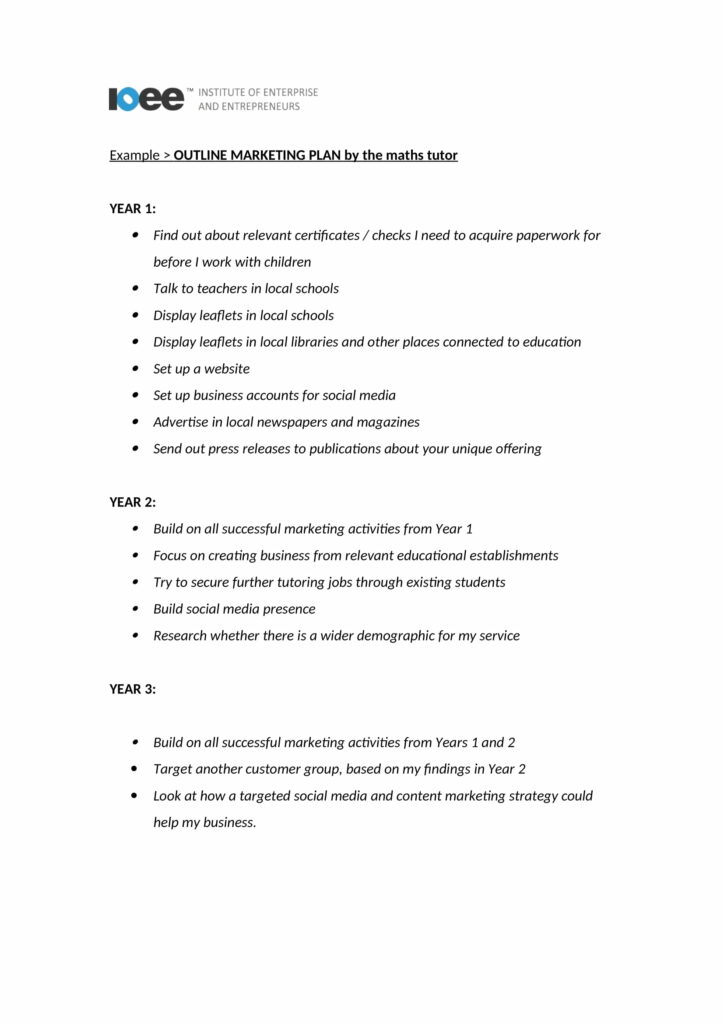
Source: Institute of Enterprise and Entrepreneurs
Budgets
This will give you an idea of how to get your plan into action and where you can move some money around.
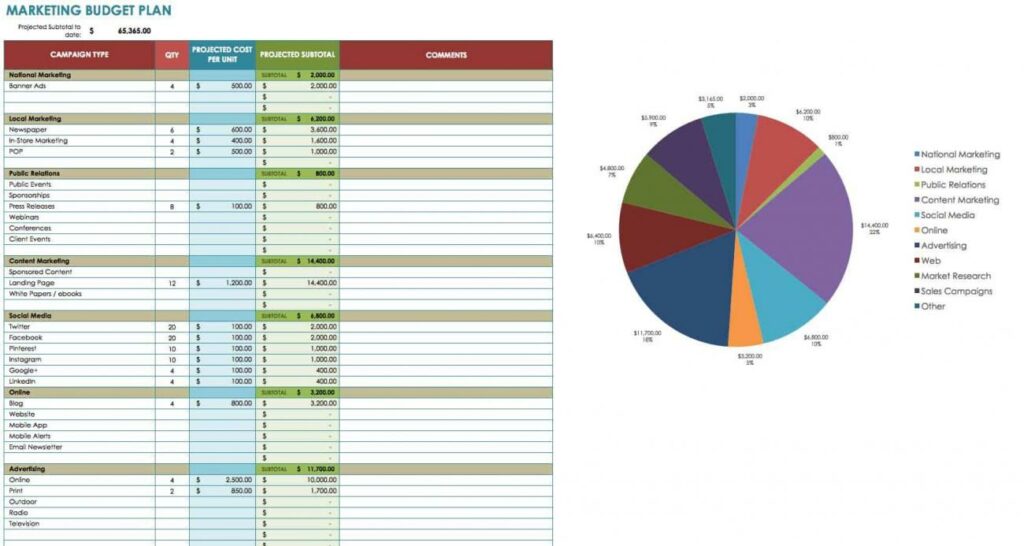
Source: Smartsheet
There may even be sections that aren’t here that you feel are more fitting to your business and its marketing goals.
Still stuck?
If you’re still flummoxed by the whole thing, then don’t worry – help is out there!
“There are lots of organisations and support that is available either at county level, or sometimes via various partnerships, like Enterprise Nation or your Chamber of Commerce,” said Dines. “There will always be someone nearby that you could maybe have a power hour with or get a grant to work with.”





